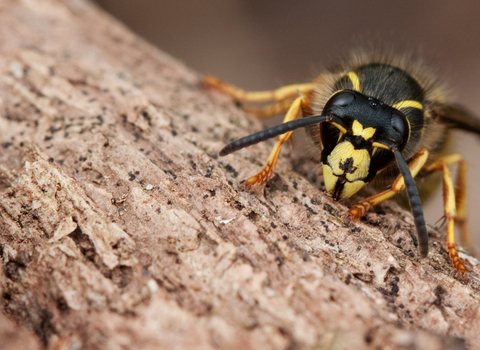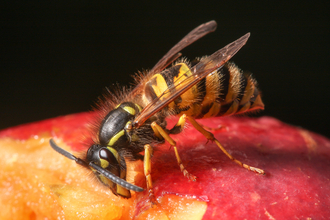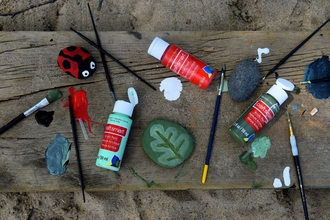It’s hard being an insect! There’s so much that wants to eat you. Some insects hide away in the shadows for safety, but others (like wasps) shout their presence from the rooftops.
Big and Bold
If you’re going to shout about your existence, you’d better have something to keep you safe! Fortunately for wasps, they can sting. This means that they’re a potential danger to anything that wants to eat them. They’ve evolved a great way of showing off how dangerous they are: stripes. Their bright stripes of yellow and black mean they stand out from the crowd.
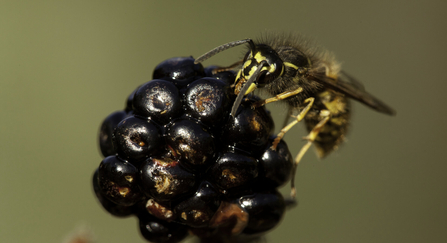
Paul Hobson
Go Away
Predators like birds quickly learn not to eat something if it tastes bad or if it causes them trouble – black and yellow stripes are a bold warning that shouts ‘go away’. Wasps have stings to paralyse prey so that they can take it back to their nest to feed the young. This sting makes them tricky to catch and eat, so whilst the yellow and black stripes are saving their lives, they’re also saving a predator from wasting energy chasing them. It’s not just wasps and stings that predators have to worry about. Some insects, like the caterpillar of the cinnabar moth, are poisonous. As with wasps, predators have avoided the caterpillars with the most obvious warning colours so, over thousands of years, their stripes have grown more obvious.
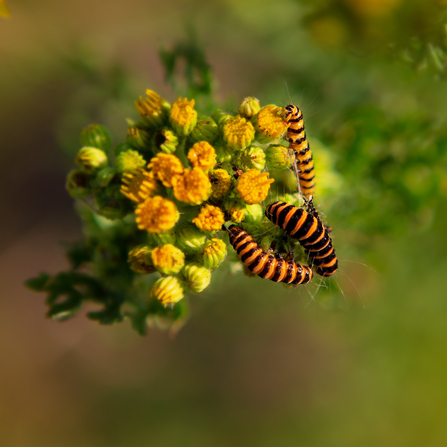
Cinnabar caterpillars (c) Jon Hawkins - Surrey Hills Photography
All Bark and No Bite
Some clever insects just pretend that they taste horrible to avoid being eaten. Take a look at the ‘Batman’ hoverfly below (check out the marking behind its head) – it’s striped like a wasp but doesn’t have a sting. Even experts can be fooled by insects that look like something more dangerous. The hornet hoverfly has been spreading through the UK and when it’s flying, it’s easy to mistake it for a hornet. Its larvae live in the nests of wasps and hornets and it’s likely that its ability to look like a hornet helps the female to enter the nest and lay her eggs. Some birds can tell the difference between what’s real and what isn’t. Those that are brave enough to catch wasps will pull out their sting before eating them but they know not to bother if they catch a hoverfly.
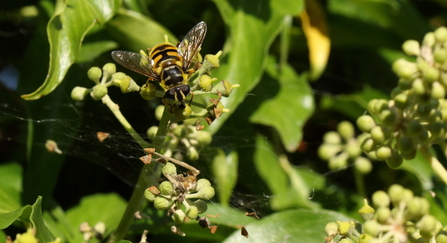
Vaughn Matthews

